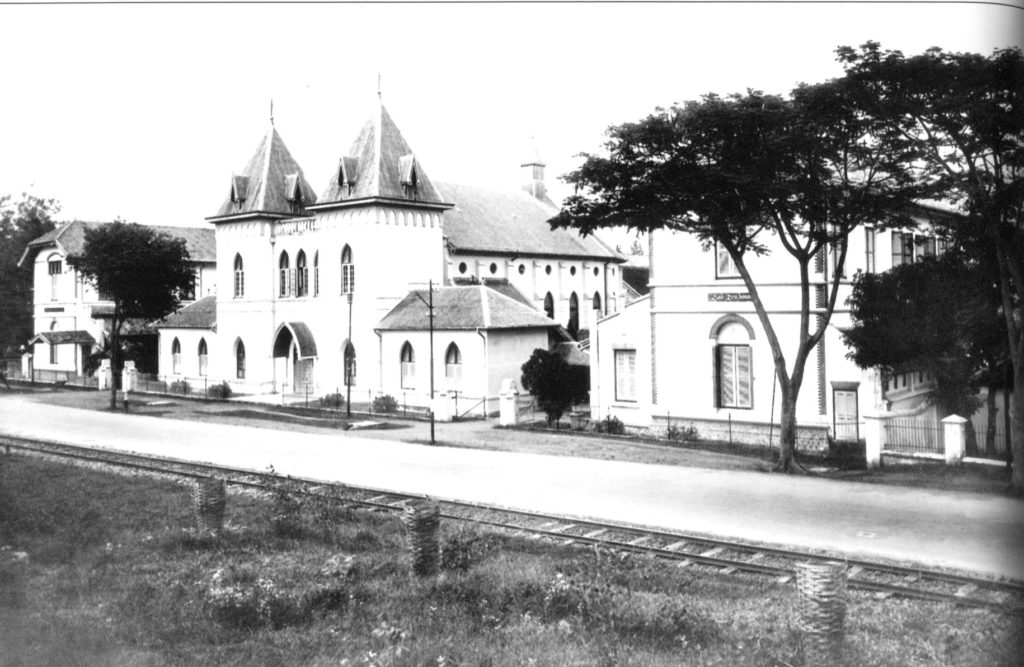Bangkong
Bangkong

Bangkong started off as an internment camp for women and children ( Bangkong 1) , but after September 1944 it was converted to a boys camp for boys over ten years old (Bangkong 2). Before the war this complex served as orphanage, managed by a Franciscan order of nuns, and was located on the outskirts of Semarang, a coastal city in central Java.
Boys and Men’s Camp
During the months this served as a boys camp, living conditions deteriorated to such an extent that out of a total population of 1500 men and boys, 420 died by the time the war ended. Although Japanese military regulations called for boys over ten years of age to be separated from their mothers, at least one younger boy was imprisoned in Bangkong.
The boys were forced to grow their own vegetables and by the time the war ended, around 100 boys had been dispatched to work in the forests as slave labour.
A list of names for this camp has survived the end of the war, but it is to be noted that the list of 1674 names includes the names of those who died. A separate list of deceased men is also available. Mostly these were older men aged 50 and up
Books
John Stutterheim was fifteen years old when he was separated from his mother at Lampersari , and was marched , along with 305 other boys and 90 old men to Bangkong. Dr. Stutterheim was accompanied by his younger brother, who barely survived the war. He was resourceful enough to keep a diary , at considerable risk to his life. This moving document paints a detailed picture of life in that camp
Marius van Dijk van Nooten contributed a story abut his time in Bankong to the book Four Years till Tomorrow.
Leave a Reply